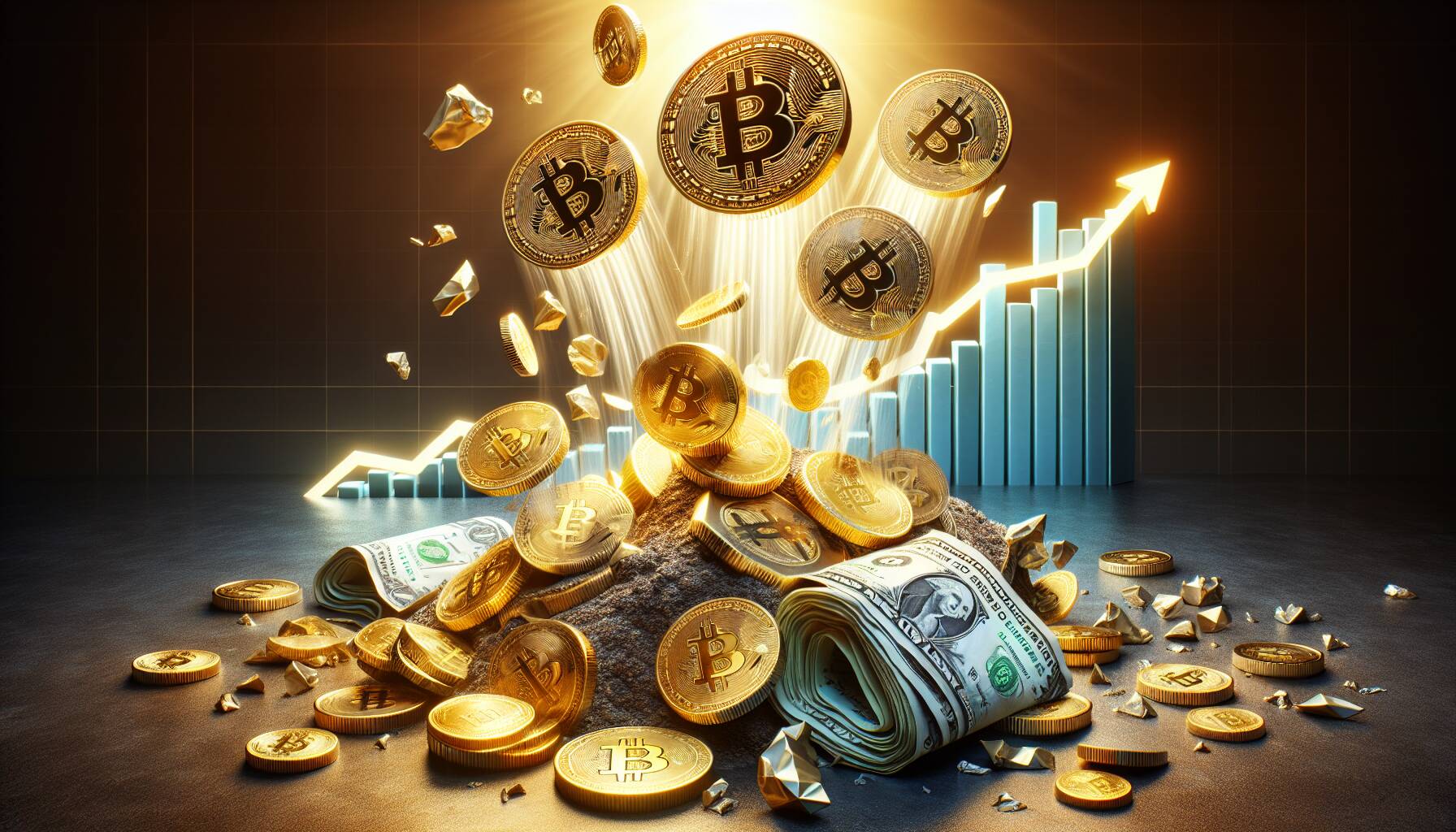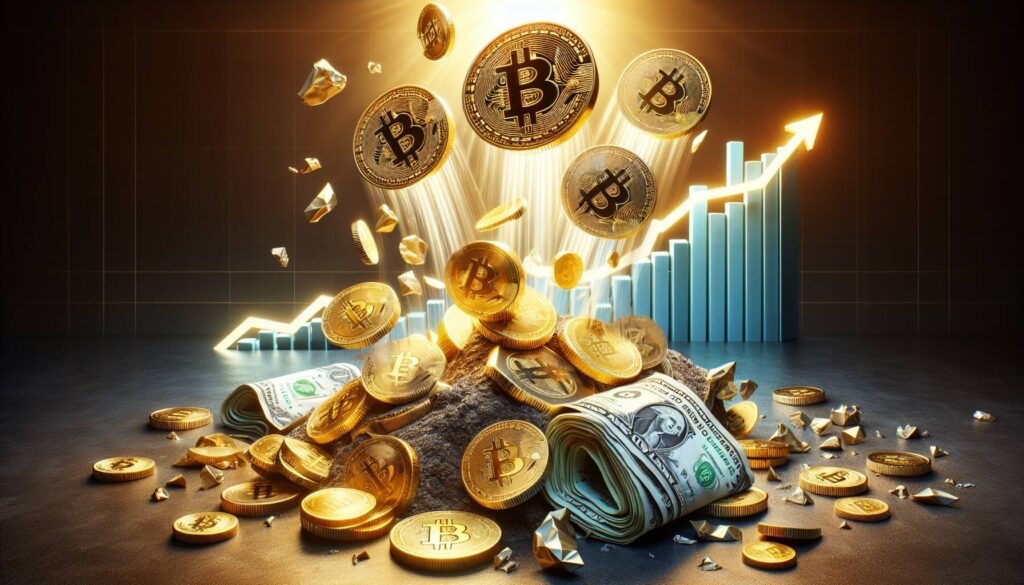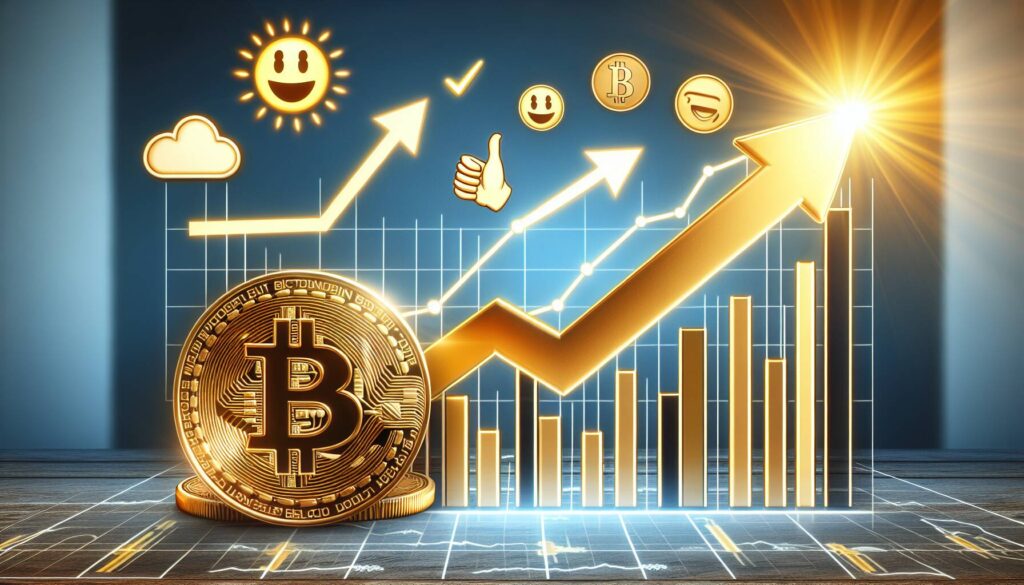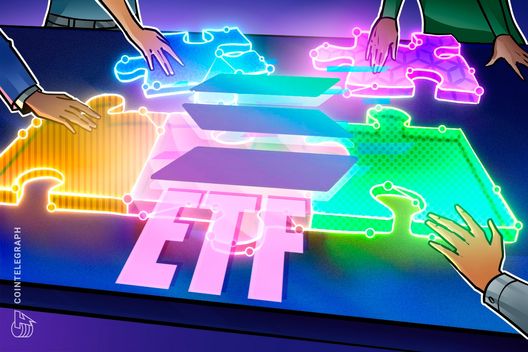The latest developments in the financial markets are seeing a notable shift as growing distrust in the dollar is fueling remarkable rallies in both gold and Bitcoin. This surge is being termed a “debasement trade,” where investors flock to perceived safe-haven assets amid increasing concerns about currency stability and inflation. Analysts from major financial institutions, including Eurizon, highlight the strategic moves on Wall Street that are driving these trends.
Gold has recently crossed the $4,000 mark, marking an incredible milestone, while Bitcoin has also experienced significant gains, reflecting a broader sentiment of apprehension towards traditional currencies. As fears of currency devaluation mount, more investors appear willing to embrace the volatility of cryptocurrency and the historical stability associated with gold.
The Wall Street Journal emphasizes that the phenomenon is not merely a fleeting trend but part of a larger narrative surrounding the quest for value preservation in uncertain economic times. This ‘whoosh’ in prices suggests that both retail and institutional investors are increasingly participating in what can be characterized as a flight to safety.
As the market dynamics continue to evolve, the implications for gold and Bitcoin are compelling. This increasing desire to move away from paper currency could redefine investment strategies, showcasing a profound transformation in how assets are valued in the contemporary financial landscape.

Impact of Dollar Distrust on Gold and Bitcoin Markets
The current economic climate is significantly influencing the rise of gold and Bitcoin as preferred investment options. Key points include:
- Restrictions on the Dollar: Increased skepticism around the stability of the dollar is driving investors toward alternative assets.
- Golden Surge: Gold prices have surpassed $4,000, indicating a strong trend towards safe-haven assets.
- Bitcoin’s Rally: Bitcoin is experiencing significant increases, similar to trends seen with gold, attracting investors looking for security.
- Market Sentiment: The ‘debasement trade’ reflects a shift in investor confidence, leading to a flight toward stable commodities.
- Fear of Missing Out (FOMO): Investors fear losing out on potential profits, which further fuels the rush into gold and Bitcoin.
The interplay between currency distrust and the rising popularity of gold and Bitcoin may alter investment strategies and influence personal financial decisions.
Gold and Bitcoin Surge Amid Dollar Distrust: A Comparative Analysis
The current trend of rising gold and Bitcoin prices is largely driven by a growing distrust in the U.S. dollar, as highlighted by various financial outlets. This shift is indicative of a larger volatility affecting fiat currencies, compelling investors to seek refuge in alternative assets. In this evolving landscape, gold boasts a historical reputation as a safe-haven asset, coupled with its tangible nature, whereas Bitcoin presents unique advantages as a digital currency with a limited supply.
Competitive Advantages: Gold is seen as a time-tested store of value, appealing to traditional investors, particularly in uncertain economic situations. Its physical form also caters to those averse to digital technologies. On the other hand, Bitcoin benefits from technological allure and accessibility, especially appealing to younger investors and those interested in decentralized finance. Additionally, the recent surge in Bitcoin’s value shows its capability to attract a broader audience, leveraging social media and online trading platforms that democratize investment opportunities.
Disadvantages: Despite its historic stability, gold’s price fluctuations can be less predictable in an increasingly digital world. Furthermore, its storage and insurance costs can deter some investors. Bitcoin, while offering high volatility for potential gains, also carries the risk of significant price drops, which may alienate more conservative investors. The complexities surrounding cryptocurrencies, including regulatory scrutiny and security concerns, pose challenges that could hinder broader acceptance.
This news trend favors tech-savvy investors eager to explore alternative assets and hedge against currency devaluation. However, it may create challenges for traditional investors who may find themselves outside their comfort zone, facing the age-old dilemma of adapting to digital financial innovations. Ultimately, understanding these dynamics will be key for portfolio diversification strategies amid fluctuating market sentiments.















